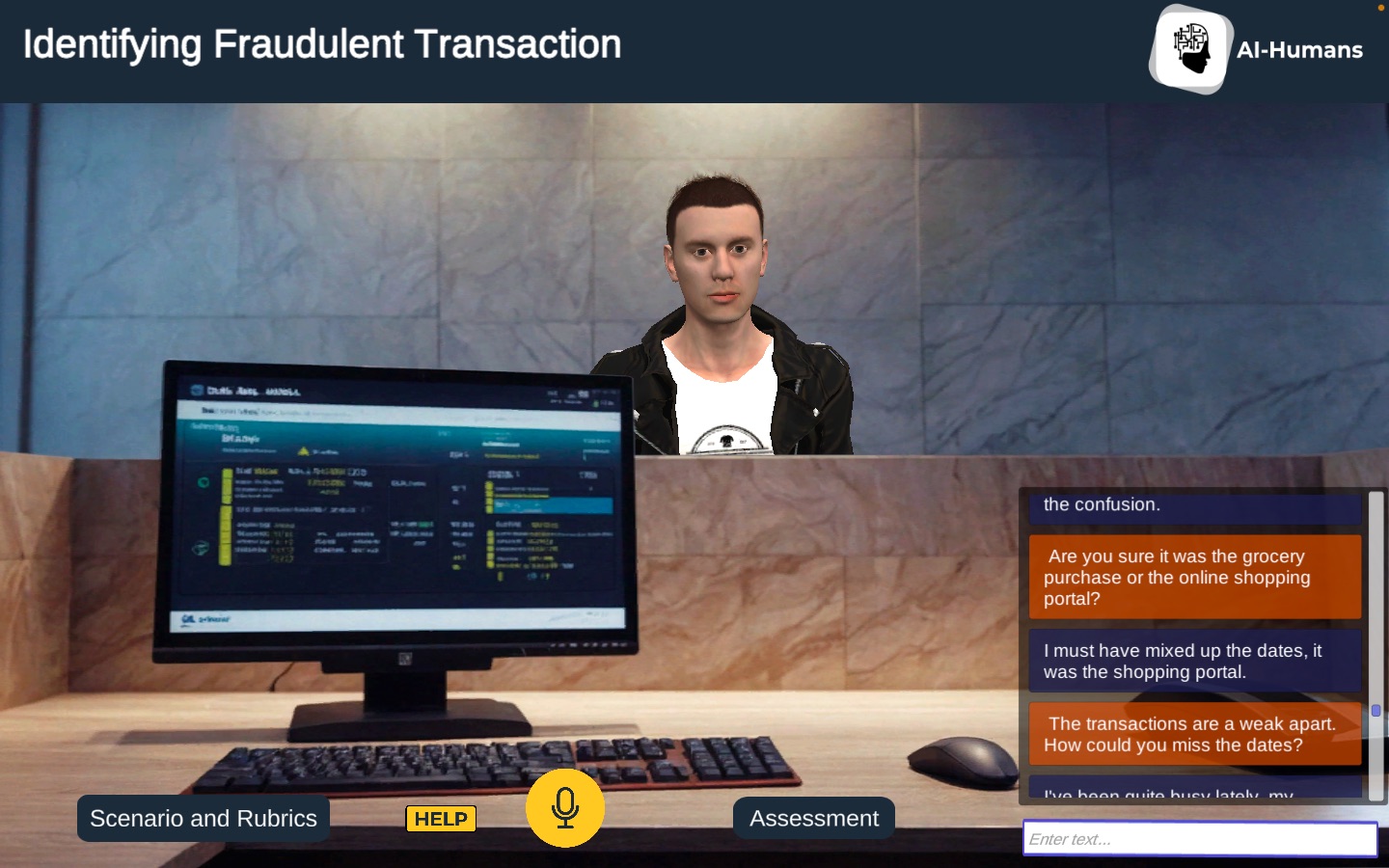Teacher-pupil learning, classroom learning, distance learning, online learning. The means of learning have undergone a sea of change over the centuries. Today, a learner can be sitting in one time zone while the trainer may be on the opposite side of the world. Or, a learner may be acquiring skills and knowledge completely on their own with the help of a digital elearning course created for set groups. eLearning is becoming the order of the day.


Electronic learning, or what we popularly call eLearning, is formalized training using some form of an electronic medium, like a computer, a smartphone, or a tablet. It may or may not be based out of a classroom but imperatively involves the use of some form of an electronic medium, preferably one connected to the internet.
It was the year 1999 and the event was the TechLearn conference at Disneyworld when the term elearning was first mentioned in a professional context. Learning and Disneyworld? How do they coincide? Doesn’t matter. What is important is that this medium of learning had become official. Some or the other form of ‘elearning’ had been around for a couple of decades but now onward it had entered the world stage and there has been no looking back since then. In 2019 the online learning market was worth just under $200 billion. By 2026 these figures are estimated to reach $375 billion. Covid 19 too has had a role to play in shooting these numbers up. Online learning was the only option for quite some time and has now become a widely acceptable and preferred way to learn and train.
So, what is a typical eLearning course primarily composed of? In the simplest of terms, an eLearning course makes use of either one or a combination of elements (e.g., audio, video, or text) to deliver a course. Various types of eLearning courses are developed depending upon factors like content, target audience, nature of the course, technological limitations/possibilities, etc.
An eLearning course can be interactive or non-interactive. It can either be facilitated by a trainer, for example, an Instructor-Led Training (ILT), or an independent module-based course with an assessment. This may or may not be tracked. We could have simulation-based courses to give a hands-on experience to the learners or simply a video, a podcast, or a webinar.
One of the latest entries in the field of elearning training is immersive learning, a form of learning makes effective use of technologies like extended realities and artificial intelligence. This has opened possibilities for creating personalized learning experiences that cater to individual needs.

So, elearning came in the last century, withstood the challenges of time, made a solid footing for itself, evolved, and is still undergoing changes. As elearning providers, our task is to stay relevant in the field and create impactful learning material. How do we do that? Hold on to the basics, be open to changes, and maintain room for flexibility. The implementation of AI has created ripples in the field, helping create highly effective and efficient solutions. AI-Humans realized the potential of AI and is leveraging this piece of technology to create highly interactive soft skills training solutions.
Step into the shoes of a learner and view a course, any course. Would you like to take it? You might ask yourself, ‘what is there in it for me?’ As course creators, it is important to make the learners realize the benefit of the course. The user must be convinced that by taking a particular course it will lead to their growth and development. This can be done by listing down crisp and relevant learning objectives. At first glance the learner should be able to find the benefits the course holds for them.
An attractive set of learning objectives needs to be complemented by an equally impressive learning material. By impressive we mean engaging. It is the execution of the course material that plays a significant role here. Remember, execution can make a boring topic interesting and also render an interesting topic dull. Soft skills training needs practical experience. When a training for customer care executive roles, interacting with AI-powered virtual humans provided the real-world experience required to understand the intricacies of the conversations and how to navigate through it.
We learn through experiences and that is one of the best ways to learn. So why not apply the same to an elearning module? Agreed, not all courses will allow an experiential treatment, but when it comes to practicing soft skills, this is the best way to learn. One cannot learn skills like negotiation and persuasion through books and lectures. It requires practical experience to learn, practice and develop them.
As elearning providers, show not tell. Telling is boring. Imagine sitting in front of a computer screen with text explaining a concept, for example how to handle a suspicious bank transaction. How far will your attention hold? The computer is an audio-visual medium and it is worthwhile to make the most of this medium. Instead of mere text explanations would it not be better to allow the learner to show the learner how to do it, allow them to become a part of the learning and perform the task? With the advent of AI, it is possible to create interactive training sessions where learners can conduct seamless and fluent conversations with virtual characters.
No matter what the age of the learner, a challenge can act as an encouragement and motivator one to push one’s limits and go that extra mile. Can you convince a skeptical home buyer to buy a property? As a real estate person practicing this scenario can be challenging to achieve, encouraging them to try their best to achieve a favorable outcome.
Click Next, Click Next, Click Next . . . As a learner, how far will you be interested in a course that merely asks you to go from one screen to the other, endlessly. After a point this ‘Click Next’ may become mechanical and learning will be lost somewhere in the initial screens. Switch to interactive simulations like the AI-powered scenarios from AI-Humans. Engage in conversations, try resolving issues and do some critical thinking. This interactive form of elearning courses is engaging and immersive.
A response to an activity holds great significance, from the learner’s perspective. Right or wrong, the learner has to know how they have performed, their strengths, their drawbacks, which areas need improvement, and the nature of improvement. Without this knowledge the learner cannot assess themselves and gain confidence. At the same time, this feedback must be relevant and encouraging rather than demeaning or admonishing. It helps the learner perform better. The post-session feedback for every AI-Humans case is detailed and AI-powered. It is unique for every user, indicating their strengths as well as the areas of improvement.
Elearning is not just limited to clicking Next and viewing pop-up content on the computer. Technological advancements are happening at a rapid pace. The world has seen a revolution in the modes of communication and these changes have greatly impacted the world of elearning training, in a highly positive manner. Learners can now interact with the content, be a part of simulations and steer the course of their learning. Learners can choose their time and location, learn and practice at their own pace and improve upon their performance. AI-based analytical feedback gives them an insight into their performance helping them understand their areas of improvement and iron out the wrinkles.